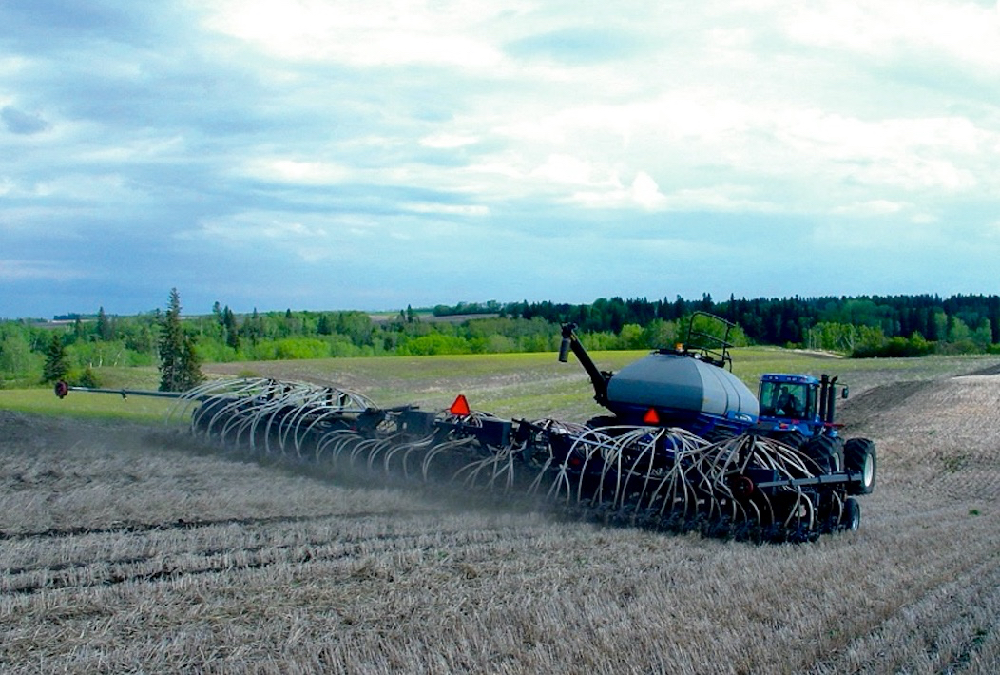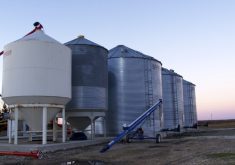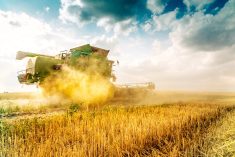In recognition of Canadian Agricultural Safety Week March 12-18, here’s a sobering safety fact: 50 per cent of farm safety incidents in Canada occur when the victim is working alone.
The average farmer and rancher in Alberta spends a significant amount of time working alone. Some tasks are even designed to be done alone. But this leaves us especially vulnerable to on-farm accidents causing injury or even death.
That is why it is crucial for farmers and ranchers to take the time, before another busy spring, to consider the risks involved in operations and put appropriate safety plans in place.
Read Also

Guarding against misinformation: Do you believe in house hippos?
Misinformation and disinformation run rampant in today’s digital age. Farmers must be wary of the digital dangers and know how to keep themselves safe.
I encourage you to recognize Canadian Agricultural Safety Week by doing just that — setting your operation up for another safe and productive year.
Why do risks increase so much when working alone? The real danger comes from being in an emergency without the ability to call for help.
For example, have you ever thought about what would happen if you became caught in or trapped under a piece of equipment you had to stop and repair in the middle of a field? Or if you had a medical emergency, such as a heart attack, triggered by working long hours in the heat, that left you incapacitated?
In either situation, how would you get help and how long would it take for help to arrive? Would anyone know where you were? If you couldn’t call for help, how long would it be before someone went looking for you? Even if you were able to call, would assistance be readily available?
I don’t mention these scenarios to scare you, but rather to get you thinking about the things that could go wrong so you can be as prepared as possible.
Steps to take
The good news is that there are easy steps to ensure you are prepared and to manage risks in all situations.
I encourage you to start by identifying work-alone situations on your operation and what measures you’ll take to address the hazards. These measures might include:
- Making sure you can complete the task at hand safely, which means you have the knowledge and experience to do so, and are physically and mentally able (i.e., not overly tired or stressed).
- Ensuring you have a tested, reliable means of communication with you (e.g., a cellphone that is fully charged and strong cell service in the area where you’ll be working). If you aren’t in an area with strong cell service, use an alternative communication method such as a satellite phone or two-way radio.
- Making sure you have more than enough water, food and fuel to get the job done and return home safely.
- Designating a contact person and establishing a check-in schedule.
- When possible, avoiding inherently dangerous tasks while working by yourself, such as climbing a bin, working in a confined space or handling chemicals. If you must do these tasks alone, make sure you have a safety plan in place if things go wrong.
- Identifying a secure place where you could take shelter if needed.
- Training workers on working alone and ensuring that only trained workers with enough experience are ever working alone.
- Checking that first-aid kits, fire extinguishers, reflective triangles and other seasonal roadside emergency kits are ready for use and with you at all times.
- Knowing how to get emergency services to where you are working (such as the rural address, legal land description and/or GPS co-ordinates of the location) in case something happens.
When it comes to safety planning, the first step is always to think ahead.
Please start thinking ahead before another busy season starts for the agriculture industry here in Alberta. If you need help with your safety planning, reach out to us any time for assistance.
– Jody Wacowich is the executive director of AgSafe Alberta.















